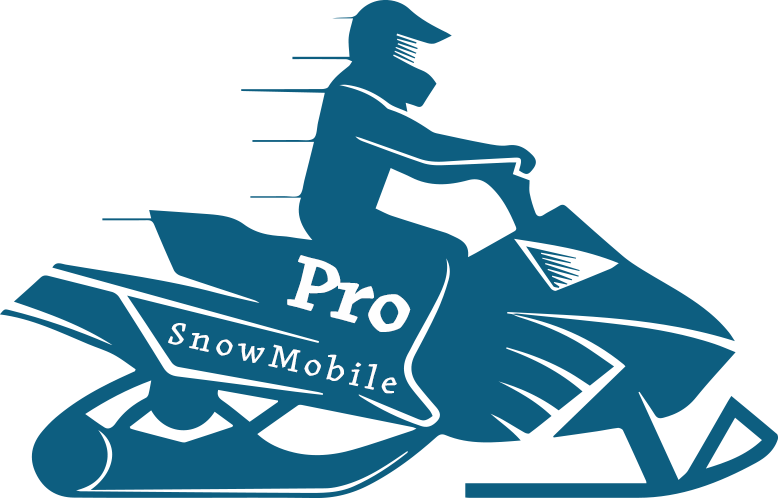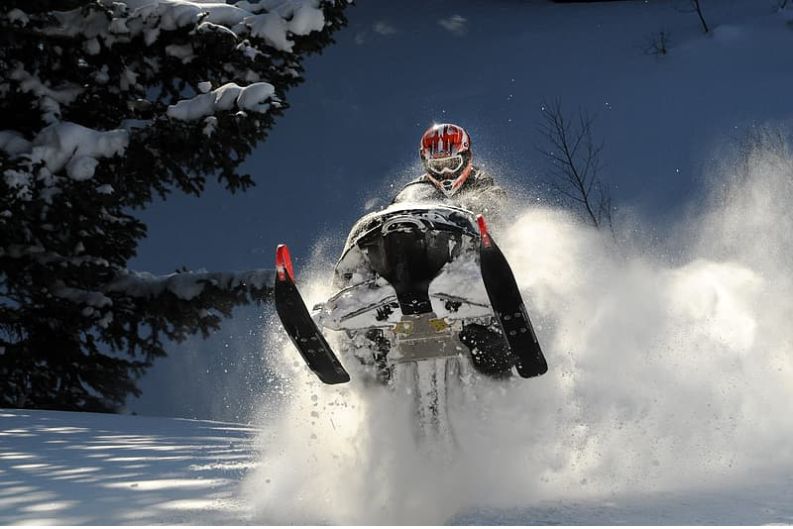Different Snow Conditions for Snowmobiling
Always check the snow conditions and weather no matter where you are snowmobiling, Winter can be unpredictable. You must be prepared for rapidly changing conditions.
Winter weather can produce a broad range of unexpected snow conditions. Be sure to check the weather forecast for where you plan to ride prior to leaving on your trip. Since conditions can change dramatically in a very quick time span, always be prepared for the unexpected. Minimize damage to your machine by trying to Avoid bare areas of ground. Avoiding bare ground also helps prevent mixing more dirt into the trail’s snow base.
Types of Snow
- Ice snow
- Powder snow
- Wet snow
- Dirt snow
Ice on Snowmobile Trails

Ice can build on roads and make snowmobile operation hard. When you suspect ice may be present, slow your speed down and operate with extreme caution and take crossroads very slowly and allow extra distance to stop safely. Paying tight lookout to sufficient ice thickness as well as changes between snow cover and bare ice. Slow down since too much speed and acceleration, as you move onto bare ice, can cause your snowmobile to spin or skid out of control. Always use extra caution when operating on frozen lakes or rivers and obey the signs.
Powder Snow on Trails for Snowmobiling

Fresh powdery snow can be perfect for riding. when you go past it this powder ice can stay in the air as ‘snow dust’ behind the snowmobiles. This powder snow can lessen visibility for riders behind you and make it hard to see other snowmobiles, trail signs, motor vehicles, and hazards. Always reduce your speed and increase your distance from the snowmobile behind you when riding in powder and snow dust conditions. To avoid further problems make sure you have a continuous connection with your snowmobile riding partners. If you are the leader of your group then you have to take responsibility for all of your riding partners and make sure they are comfortable on trails.
Riding Snowmobile on Wet Snow

Wet snow can be wonderful to ride on but wet snow makes your snowmobile tougher and reduces your visibility. Slow down to confirm you can see clearly and have time to correctly control your machine and always ride with caution. Wet snow can also make your ride less enjoyable and increase the risk of hypothermia if you’re not dressed properly in waterproof gear since the snow will be more prone to accumulating on your snowmobile, clothing, helmet visor, or goggles. So make sure you have proper waterproof riding apparel for snowmobiling in wet snow.
Dirt Snow on Sled Trails

When trails have been continuously used without much new snowfall, there will be snow and dirt mixed together and making your snowmobile ride more complex in those Dirty snow conditions. These conditions can also be hard on your snowmobile, so check your machine after riding in these conditions. Dirty snow condition is the most difficult ones to handle because they will ruin your snowmobile outing at any time and make your ride as challenging as you can imagine.
Conclusion
Pay attention to what the locals are doing If there aren’t any ice shanties or recent sled tracks on the lake, there shouldn’t be snowmobiles. check with local snowmobile clubs and area social media sites for updates on ice conditions. Constantly pay attention to your surroundings and don’t think that the trail you rode on is still safe when riding.
If you have better control to turn your snowmobile and you can stop your snowmobile quickly if there’s any obstacle came in front of you then Snowmobiling in Powdery Snow is the best condition for any snowmobiler rider.







